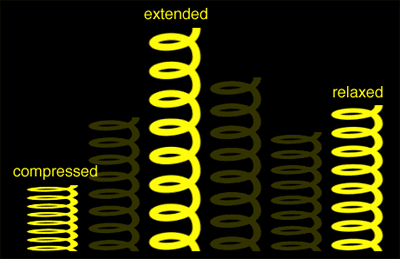21st November 2014
In this lecture it was highlighted rather well to us that dates are just as important as the work itself, obviously the work will have a story behind it, whether it's the artist's background, thoughts, feelings, or just the overall era that it was produced all impact the outcome. Therefore the timing is important, and I feel this was very helpful in the overall lecture all of which could implicate into my own timeline.
 |
| Pablo Picasso- Mother 1896 |
As well as the timing being important, we reviewed the preconceptions of artists such as famous artist Picasso, I visited the Picasso Museum in Paris and found it very interesting to observe the reactions of a variety of visitors, and I applied this in the lecture when discussing the preconceptions of Picasso. At first, the abstract elements of his work hits you accompanied by the vibrant use of colours, dependant on his feelings at the time.
I found it really interesting that Picasso had managed to break from traditional styles of portraiture that he had grown to know so well, his father being a skilled painter taught him from an early age, leading to a genetic skill in beautiful and intricate drawings and paintings. He had a vast skill of depth perception and spacial awareness in his work, intricacy and rich use of colour.
 |
| Picasso- Sitting Woman |
However, his once realistic looking beautiful oil paintings soon adapted to brighter, more vibrant abstract pieces, that I believe that despite being a hundred years old, still look modern and contemporary to this day. Picasso began an adventure into 'drawing as a child and not like a child' I think it was demonstrated in the lecture of what Picasso really meant by this, there is no way that an adult can realistically draw like a child because our brain's are too developed to not be able to think intricately of the actions that were taken, therefore as much as we tried they'd look too thoughtful and organised.
 |
| Raphael Madonna- Tempi 1508 |
He created the aspect of feeling 'blue' in his pieces, since his strong feelings of sadness began to impact his work.
"I started to paint in blue when I learned of Casagema's death" - Pablo Picasso
 |
| Picasso- Mother and Child |
The sheer impact of loss allowed the artist to express a new outcome of emotion through his paintings, adding another alteration to his work.
 |
| Old Guitarist- Picasso |
Blue was once a colour used to represent purity, a rich colour that was hard to come by, was often used for pure characters like the Madonna. The blue period was a large part of his life, making his painting mirror his feelings.
 |
| Picasso- Guernica |
Another emotional piece Picasso produced after fleeing from homeland Spain, was the aspect of the explosions and attacks in Guernica, which he decided to represent in this deep piece, again representing sad emotion with tones and grey and blues. Each piece of the painting representing a different thing.






























